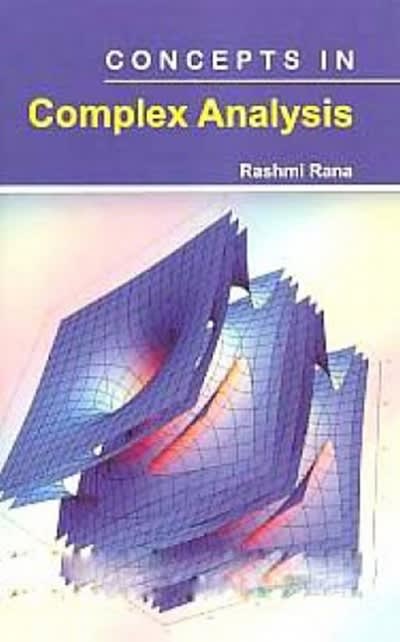Question
Respond to the following short answer questions from Chapter Three in the Morgan, Leech, Gloeckner, & Barrett textbook: If you have categorical, ordered data (such
Respond to the following short answer questions from Chapter Three in the Morgan, Leech, Gloeckner, & Barrett textbook:
If you have categorical, ordered data (such as low income, middle income, high income) what type of measurement would you have? Why?
D2.3.2. (a) Compare and contrast nominal, dichotomous, ordinal, and normal variables. (b) In social science research, why isn't it important to distinguish between interval and ratio variables?
D2.3.3. What percent of the area under the standard normal curve is within one standard deviation of (above or below) the mean? What does this tell you about scores that are more than one standard deviation away from the mean?
D2.3.4. (a) How do z scores relate to the normal curve? (b) How would you interpret a z score of -3.0? (c) What percentage of scores is between a z of -2 and a z of +2? Why is this important?
D2.3.5. Why should you not use a frequency polygon if you have nominal data? What would be better to use to display nominal data?
Step by Step Solution
There are 3 Steps involved in it
Step: 1

Get Instant Access to Expert-Tailored Solutions
See step-by-step solutions with expert insights and AI powered tools for academic success
Step: 2

Step: 3

Ace Your Homework with AI
Get the answers you need in no time with our AI-driven, step-by-step assistance
Get Started


